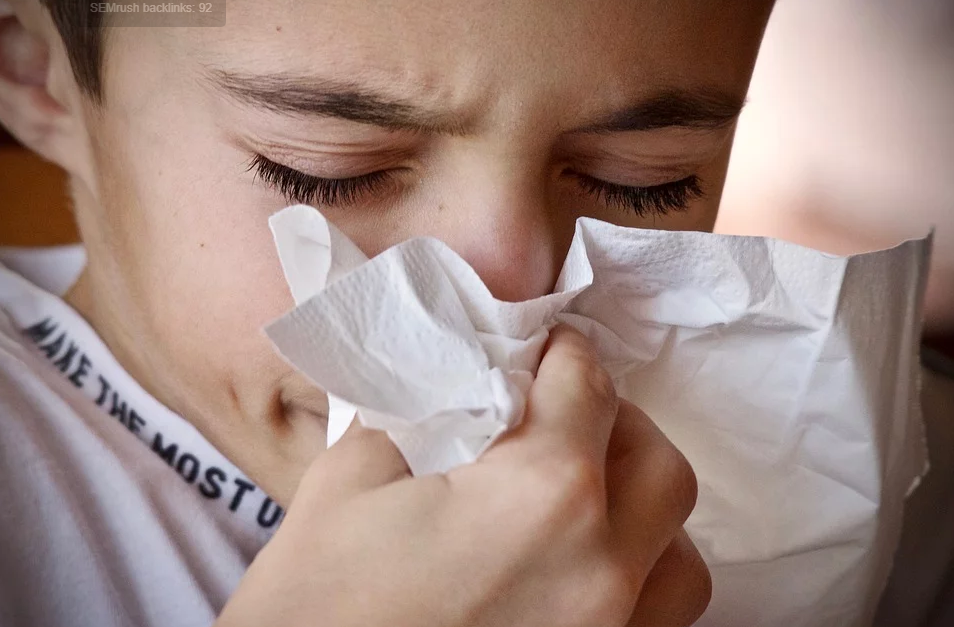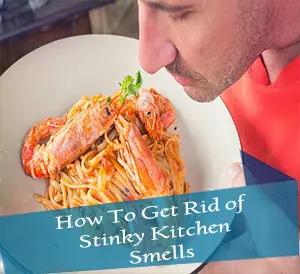
The news today states that the COVID-19 illness is spreading fast, so you may be wondering: how long do cold germs live on surfaces? We’ll go ahead and answer that question in this article. But first…why should you be concerned with this?
First of all, germs and viruses can compromise your health – it can damage your school or work career because of sick days and it can even be life-threatening if you don’t disinfect your home and someone got infected with a terrible virus.
Hence, knowing how germs work and how long they can survive can give us an idea and a little motivation to clean up our surroundings and disinfect the home (or workplace) that we live in so that everyone can stay healthy as much as possible.
How long do cold germs live on bedding?
Any virus, including the cold virus, can last for up to 7 days at most. And it’s not just bedding that we’re talking about – it can survive on any indoor surface that you have, which include curtains and the like. Yes, it can live on just about any surface.
Furthermore, did you know that cold viruses can also survive through laundering? Yes, you’ve heard that right – someone who used bedsheets and had cold could potentially pass the virus onto someone if the bed sheet in question wasn’t disinfected thoroughly.
This is why disinfecting your home is highly important, especially if someone has been stuck with a cold for quite a long time and they’ve stayed in a single room or even roamed around the house. Disinfecting is also especially crucial if you have kids at home or live with your grandma and grandpa (seniors tend to have a weaker immune system as compared to adults and teens).
How long do flu germs live on bedding?
Contrary to the length of time that cold viruses can last, flu germs can only last as much as 24 hours on bedding and most surfaces in your home. This is because they are a little different in terms of structure and survivability so it’s easier to disinfect flu patient rooms as compared to those rooms dwelled by people who had a cold.
Keep in mind that flu, like cold viruses, can live longer on bedding and fabrics as opposed to plastics and other concrete surfaces, so you may need to step up your game when it comes down to laundering items around the house. Learn more about what kills the flu virus.
How long do germs live on hands?
Typically, viruses can last somewhere from 5 to 15 minutes depending on how tough the virus is. This means that you can go along and shake hands with someone with less likelihood of the virus staying alive if you can’t find your hand sanitizer or alcohol just yet.
Despite this fact, you should continue to sanitize your hands by doing the following habits:
| Handwashing | Wash your hands after any activity and when going outdoors to prevent the germs from persisting and entering your system. |
| Avoid touching your face | This is because any person tends to touch their face at random (and mostly without noticing it) and this can lead to the virus being spread inside your system, making you sick. |
| Use hand sanitizer or alcohol | Pack your favorite hand sanitizer or alcohol in your bag or purse to help you disinfect in the absence of tap water and soap. |
How do you disinfect your house after a cold?
As we mentioned in our previous article on how to disinfect a house after illness, air purifiers can work well because of their true HEPA filter for small air particles and viruses, as most of them have disinfecting filters as well. Here are some of our suggestions, if you haven’t chosen one yet:

Germ-fighting features: the Germ Guardian AC4300BPTCA Air Purifier has UV-C light which can help with disinfecting your home. It also has the following:
- 3-in-1 filter system: can help with maintaining clean indoor air.
- 3 settings for fan speed: ideal for allergy season.
- Ultra-quiet mode: best for those who are light sleepers.
- Antimicrobial agents: can help disinfect your indoor space.

Kid-friendly: the hOmeLabs Air Purifier for Home has a nightlight feature which can make it ideal for children’s rooms:
- Up to 194 square feet: can work well for small rooms.
- Child lock function: no need to worry about curious little hands.
- True HEPA H13 filter: it can capture particles as small as 0.1 microns in size.
- Lower than 50 dB (max speed): not as jarring as other units when it comes down to noise.

Minimal noise: the LEVOIT Vital 100 Air Purifier can go as low as 23 dB on the lowest setting so it can be ideal for those who can’t sleep with motor noise running:
- LED display and timer option: easy controls for those who prefer household convenience.
- Washable pre-filter: clean it up again and again without having to buy a new one.
- Only 55 watts: doesn’t consume a lot of electricity to help you save your budget.
- True HEPA filter: can capture up to 99.97% of particles from the air.

Smart sensor: the Hathaspace HSP001 Smart True HEPA Air Purifier can do the job for you by automatically adjusting depending on the air quality levels in your home:
- CARB-compliant: this means that it’s ozone-free and good for the environment.
- 5-in-1 filter system: can help to thoroughly disinfect your indoor air.
- Up to 350 square feet: this means that it’s ideal for small to medium-sized rooms.
- 2-year warranty: the company’s got your back for the unit.
Conclusion
To wrap it up, while germs can live on surfaces and can potentially cause transmission of the viruses such as cold and flu, they can be prevented by proper hygiene and sanitation. This is when air purifiers can come in handy because of their disinfecting filters, but remember that it’s still best to use all kinds of disinfecting methods, such as regular cleaning and proper hygiene habits.


